Can Cats Eat Plums? A Guide to Feeding Your Feline Fruit
- 24 Mar 2025 14:25
Plums are a sweet, juicy fruit enjoyed by many, especially in the summer months. But when it comes to can cats eat plums, the answer is a bit more complicated. While plums are not toxic to cats, there are some risks involved that you should be aware of before offering this fruit to your feline friend. Let’s break down the safety, benefits, and risks of feeding plums to cats. 🍑🐱
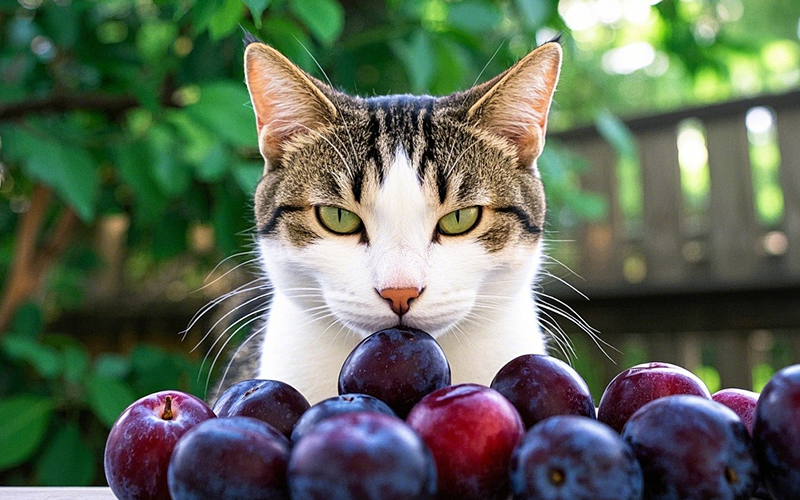
Are Plums Safe for Cats to Eat?
No, cats should not eat plums, or at least not in the way humans might. While the flesh of the plum is non-toxic, there are several important considerations:
Toxic Pit: The biggest danger of plums lies in their pit (or seed). The pit contains cyanogenic compounds which can release cyanide when consumed. Cyanide is highly toxic to cats (and humans too!). If your cat chews on or swallows the pit, it can lead to serious health problems, including poisoning. 🚫🍑
Digestive Issues: Even if the pit is removed, the high sugar content and fiber in plums could cause digestive upset for your cat. Cats have short digestive tracts designed for protein, not high-fiber fruits. Eating too much plum could lead to vomiting, diarrhea, or bloating. 💥
Choking Hazard: The pit can also pose a choking hazard. If your cat swallows the pit whole or if it’s not properly removed, it could get stuck in their throat or digestive system, causing a blockage. 🛑
Benefits of Plums for Cats
While plums are generally not ideal for cats, they do offer some nutrients that are beneficial to humans:
Vitamins: Plums are rich in vitamin C, vitamin A, and antioxidants, which are good for humans. However, cats don’t need additional vitamin C in their diet because they can produce it themselves. 🥄
Low in Fat: Plums are low in fat and calories, but this benefit is less relevant to cats, as their bodies are designed to burn protein and fat from animal sources, not fruits. 🍒
Hydration: Plums have a high water content, which can help keep your cat hydrated, but this should never be a substitute for fresh water. 💦
Risks of Feeding Plums to Cats
Cyanide Poisoning: As mentioned, the pit of the plum contains cyanogenic compounds that can release cyanide. Cyanide is extremely dangerous to cats and can lead to symptoms like drooling, vomiting, difficulty breathing, and even death in severe cases. Even a small amount of the pit can be harmful. ⚠️
Sugar and Fiber Content: Plums are naturally high in sugar and fiber, which can cause digestive issues in cats. Cats don’t process sugars from fruits well, and consuming too much sugar can lead to obesity, diabetes, or even intestinal distress. 🍬
Choking Hazard: As previously mentioned, the pit is a choking hazard. If your cat chews on or swallows a plum pit, it could block their airways or cause internal injuries. Always be cautious and remove the pit completely if you choose to feed them any plum flesh. 🐾
How to Safely Offer Plums to Your Cat
If you decide to give your cat a small amount of plum, here are some important tips to ensure it’s as safe as possible:
Remove the Pit: Always remove the pit completely before offering any plum to your cat. This is the most crucial step in preventing any risk of cyanide poisoning or choking. Don’t leave any traces of the pit behind. 🍑
Offer Small Pieces: If you want to give your cat a taste of plum, cut the flesh into small, manageable pieces. This will reduce the risk of choking and help your cat eat it more safely. 🍽️
Monitor for Reactions: After introducing any new food to your cat, watch for any signs of digestive upset such as vomiting or diarrhea. If your cat shows any discomfort, stop offering the fruit immediately. 👀
Serve in Moderation: Plums should only be given as an occasional treat, not a regular part of your cat’s diet. Keep portions small to avoid digestive issues. 🐱
Healthier Alternatives to Plums for Cats
If you’re looking for safer, more nutritious treats for your cat, here are some great alternatives:
Cooked Meat: Chicken, turkey, or beef are excellent protein sources that are much more beneficial for your cat. 🐔
Fish: Salmon or tuna provide omega-3 fatty acids and high-quality protein that can support your cat’s health. 🐟
Eggs: Boiled or scrambled eggs are packed with protein and are easy for cats to digest. 🍳
Catnip: If you’re looking for a fun and safe treat, catnip is a natural herb that provides entertainment and a mental boost for many cats. 🌿
Commercial Cat Treats: There are many cat treats available that are specially formulated to meet your cat’s dietary needs. These are often a better choice than fruits like plums. 🧶
How PettureX Can Help with Your Cat’s Diet
If you’re unsure about whether a certain food is safe for your cat, or if you need more personalized advice, PettureX is here to help. With 24-hour online consultations and a pet image recognition tool, PettureX can help you determine what foods are best for your furry friend. 📱🐾
Conclusion
Can cats eat plums? While the flesh of plums is not toxic to cats, the pit contains cyanide, which can be very dangerous. The best approach is to avoid feeding plums altogether, but if you do choose to offer a small piece, always remove the pit and serve in moderation. Remember that fruits like plums should never replace your cat’s regular diet of high-quality protein from animal sources.
For any questions or concerns about your cat’s diet, be sure to consult PettureX for guidance! 🌟🐱
Has your cat ever tried fruits like plums? How did they react? 😺
Related

Marshmallows and Cats: A Puffy Problem? Why Vets Say No to This Sugary Snack
- 22 Apr 2025
Kefir for Kitties? A Veterinarian-Reviewed Guide to Safety, Benefits & Risks
- 22 Apr 2025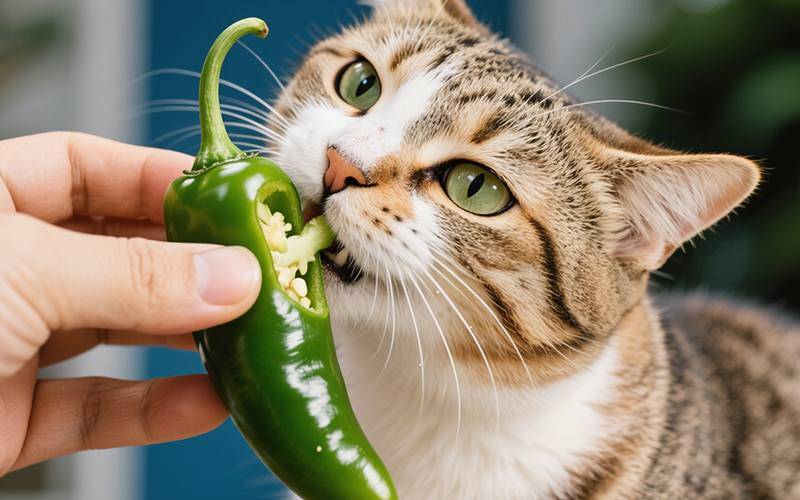
The Burning Question: Can Cats Eat Jalapenos? A Comprehensive Safety Guide
- 21 Apr 2025
Cool Temptation: Can Cats Eat Ice Cream Safely? The Vet-Backed Truth
- 21 Apr 2025
Frankly Dangerous: Can Cats Eat Hot Dogs? Vet Explains the Serious Risks
- 16 Apr 2025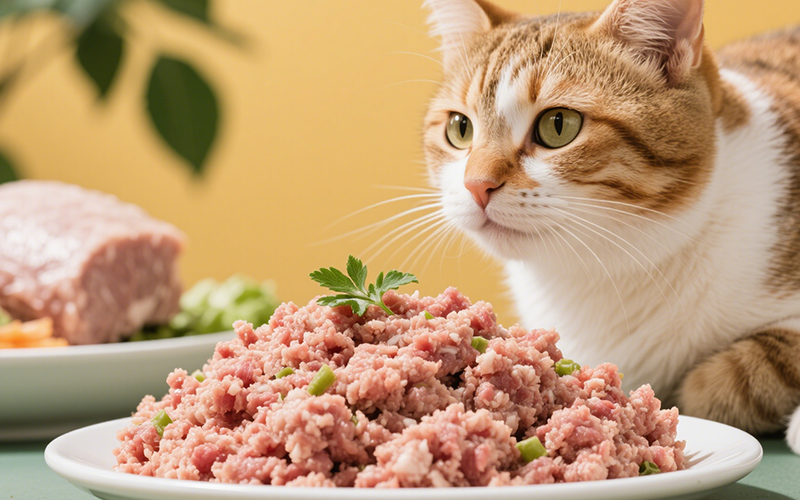
A Purrfect Protein? Can Cats Eat Ground Turkey Safely? (Vet-Reviewed Guide)
- 16 Apr 2025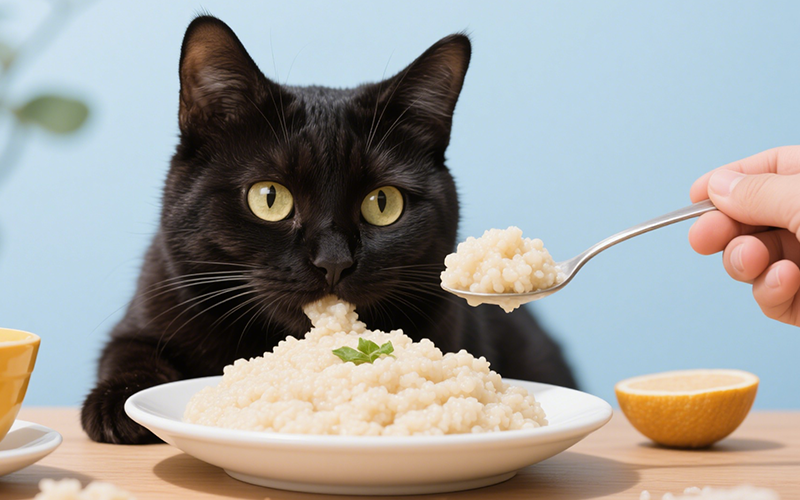
Gritty Situation: Can Cats Eat Grits Safely? Vet Explains the Risks
- 16 Apr 2025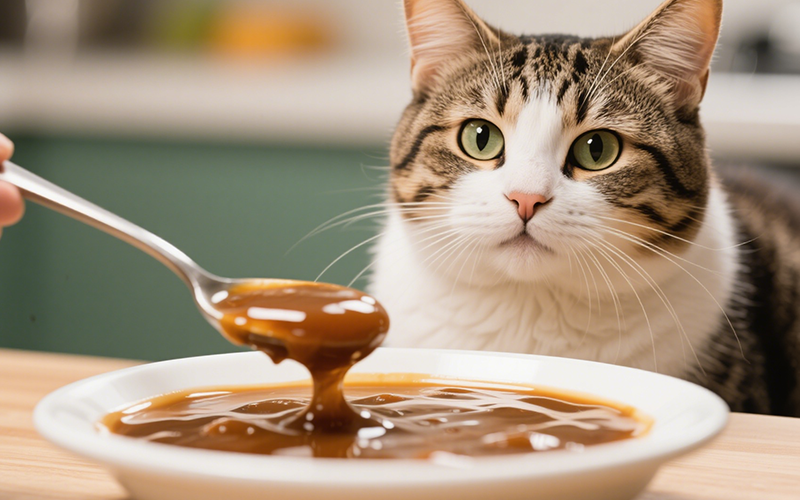
Gravy Danger Zone: Can Cats Eat Gravy Safely? (Vet-Reviewed Warning)
- 16 Apr 2025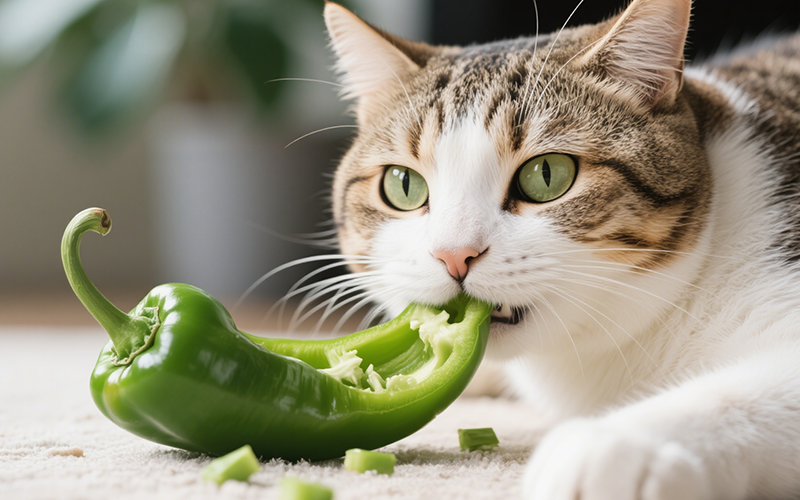
Crunchy Query: Can Cats Eat Green Peppers? A Vet-Reviewed Safety Analysis
- 16 Apr 2025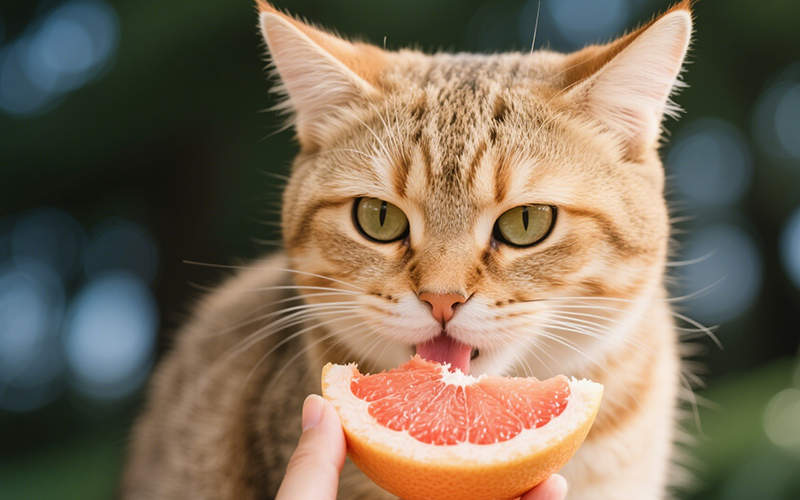
Toxic Temptation: Can Cats Eat Grapefruit? Vet Explains the Dangers
- 16 Apr 2025
